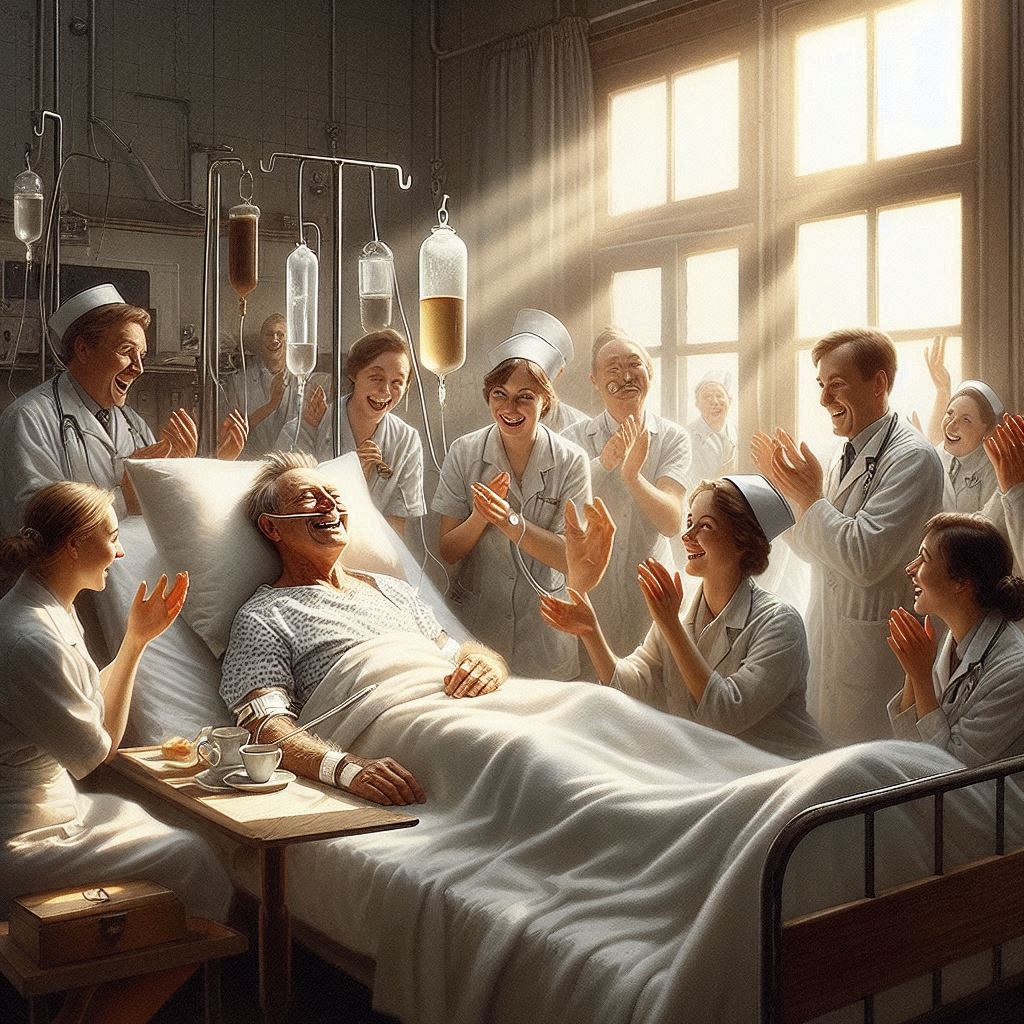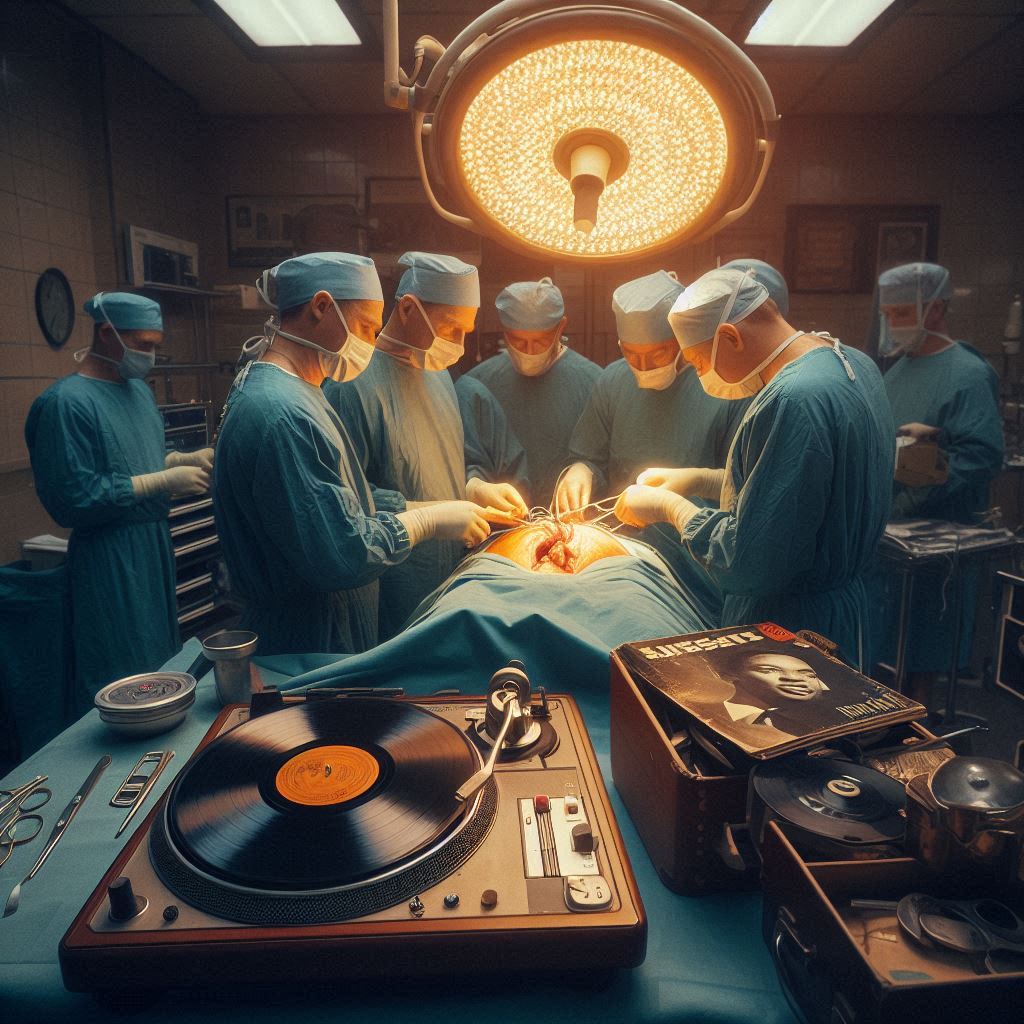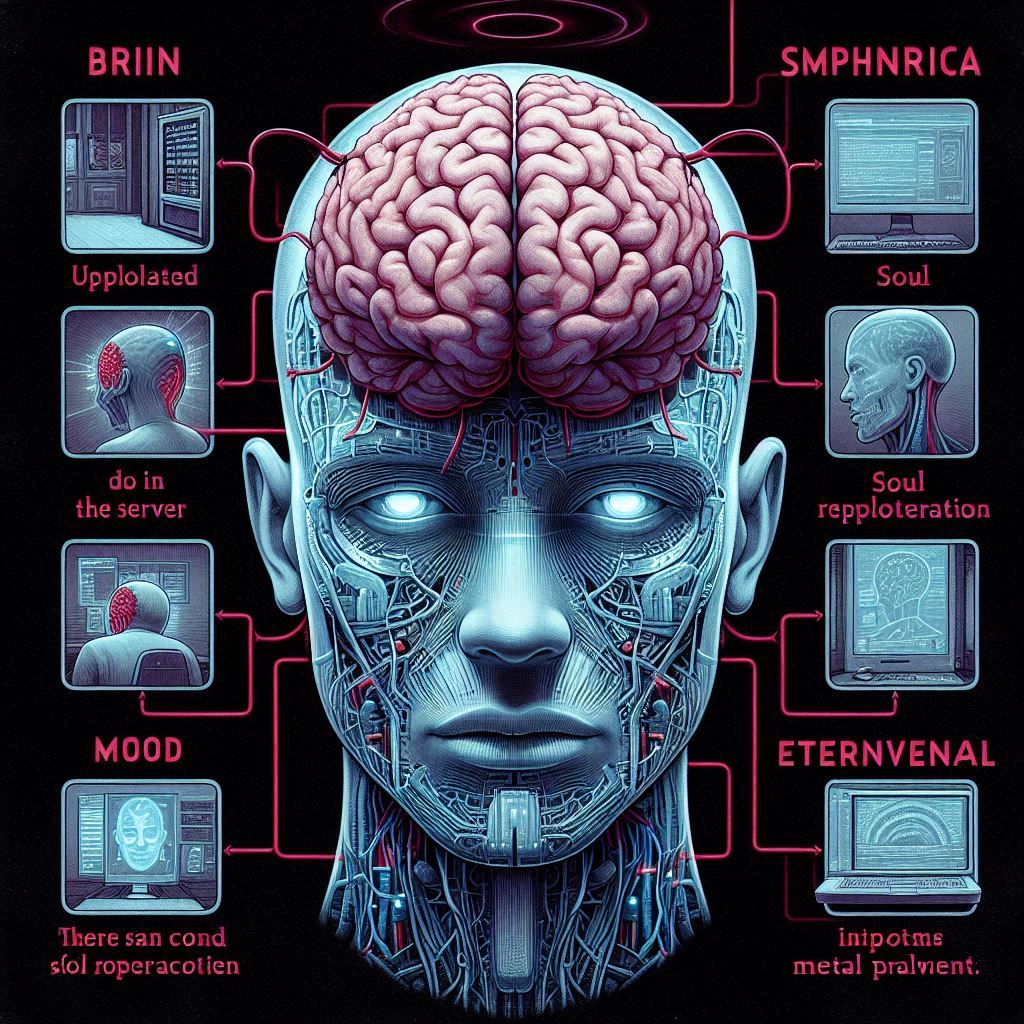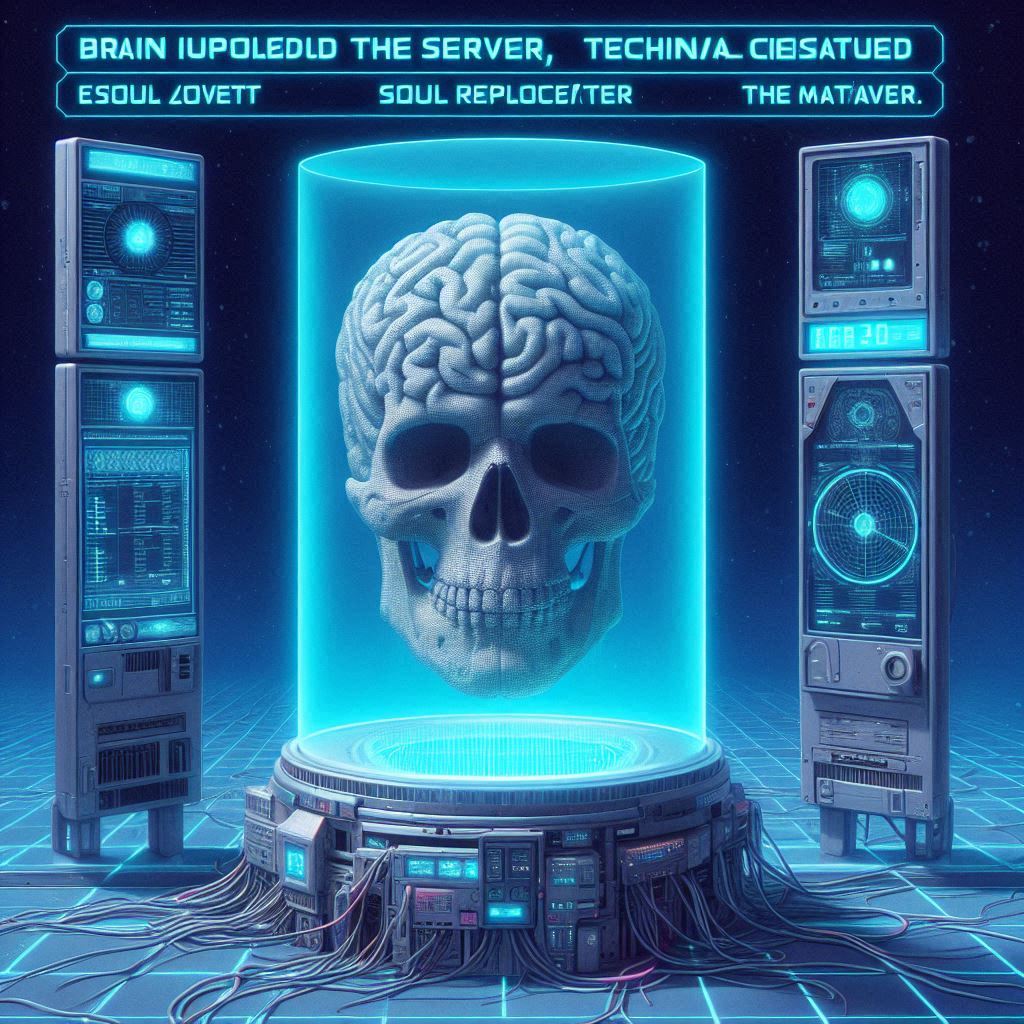The Joke That Opened a Chest
"You can replace any part of a man—just don't mix them up!"—a jazz-loving South African once joked to his interns. Little did they know, he was about to crack open a chest and prove that hearts could be swapped like car batteries—only warmer, messier, and far more human.
That man was Dr. Christiaan Barnard.
Patient Number One
December 3, 1967. Groote Schuur Hospital, Cape Town. A man named Louis Washkansky, 53, lay on the operating table. He had end-stage heart failure, but a spark in his eyes. The donor? Denise Darvall, a 25-year-old woman who had died in a car accident. Her heart was strong. Her death had meaning to give.
Barnard led a team of over 30 surgeons, nurses, and technicians. The heart was transplanted.
And what happened next shook the world: Washkansky woke up. He looked around, blinked slowly, and said:
“I’m dying for a cup of coffee.”

Science fiction became science fact. Humanity had just taken a step into the future—and liked it.
Who Was Christiaan Barnard?
Born in 1922 in a small South African town, Barnard was the son of a poor missionary. He wasn’t born into privilege—but into conviction. He studied in South Africa and the U.S., where he trained in cardiac surgery. Known for his boldness and precision, he had the mind of a scientist and the guts of a gambler.
His philosophy was simple: "What’s the point of knowing how to do it, if you’re too afraid to try?"
A Moral Earthquake
- Barnard’s surgery shook more than medical textbooks. It split open ethical debates worldwide:
- Can we define death precisely enough to justify removing a heart?
- Are we playing God?
- Is the body a machine, or something sacred?

Churches debated, philosophers panicked, tabloids feasted.
But quietly, in hospitals across the globe, other doctors prepared.
Within months, heart transplants began in Europe, the Americas, and beyond.
Washkansky’s Fate
Louis lived only 18 days post-operation, dying of pneumonia due to immunosuppressive drugs. But in those days, he lived. He breathed. He joked. He drank his coffee.
And that was enough to ignite the next era of medicine.
-
Curious Facts That Sound Like Sci-Fi:
- Barnard loved jazz. He played jazz records in the operating room—because even scalpels need rhythm.
- After the first surgery, he became a global celebrity overnight—posing with Sophia Loren, meeting the Pope, and sparking a media frenzy.
- His favorite joke was: "You can replace all the parts of a human being, as long as you don’t mix them up!"
- Today, over 5,500 heart transplants are performed annually around the world.
- Modern transplant patients can live 20+ years with a donor heart.
Alternative History: A World Without a Borrowed Heart
.jpeg)
What if Barnard had hesitated that night in Cape Town? What if the first heart transplant had never happened?
Instead of pushing into the frontier of transplant medicine, humanity turns inward.
1970s: The Forbidden Heart
Without a bold first move, organ transplantation remains taboo. Death is sacred. The body untouchable. Cardiac failure is a slow sentence, and doctors are powerless.

1980s: Rise of the Machines
Desperate, medicine shifts course. Cybernetic research gets government funding. Instead of transplanting hearts, we build them—cold, mechanical, ticking with batteries.
People don’t get a second chance. They get an upgrade.

2000s: The Upload Era
Biology is passé. Data is king. The rich back up their minds. Memories are stored on cloud servers. Love is a neural simulation. Nobody dies; they just "archive."
We conquer death, but lose something along the way: warmth, mortality, meaning.
Also read:
MZ of the 19th Century: How a Painter Invented the First Internet and Avenged the Silence
What if Nikola Tesla never invented alternating current, radio, or wireless energy transmission?
Reality Check: One Cup of Coffee Changed Everything

Christiaan Barnard didn’t just perform a surgery. He opened a door—through fear, risk, and uncertainty—to the most human kind of hope.
And when a man with a borrowed heart asked for coffee, he didn’t just sip a beverage. He toasted the future.






